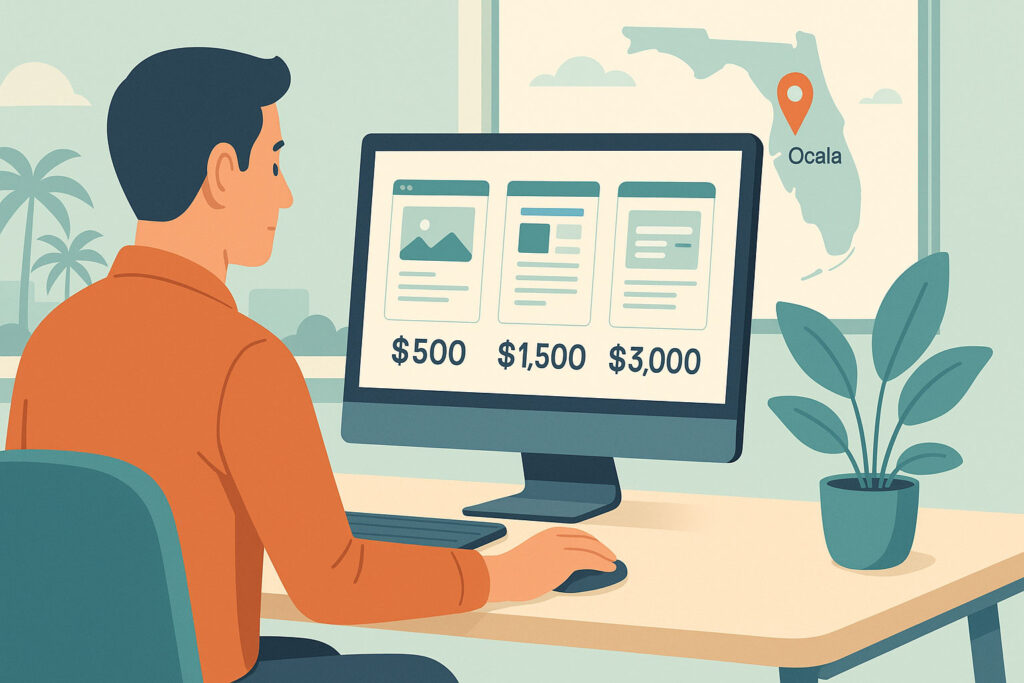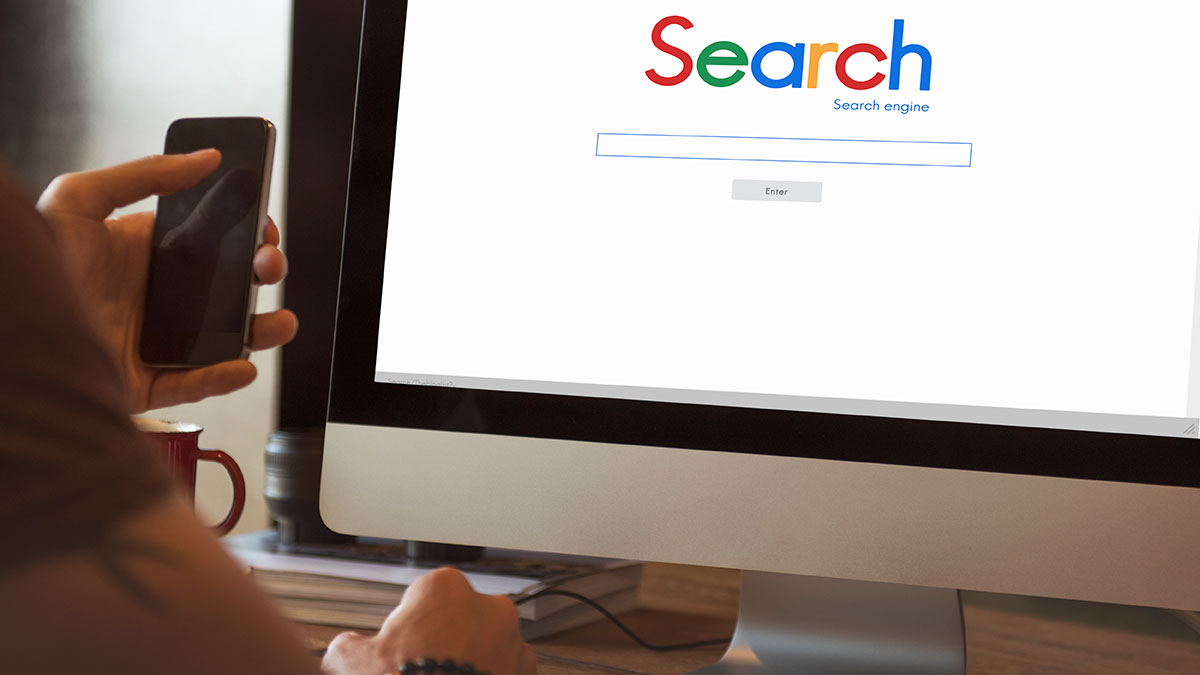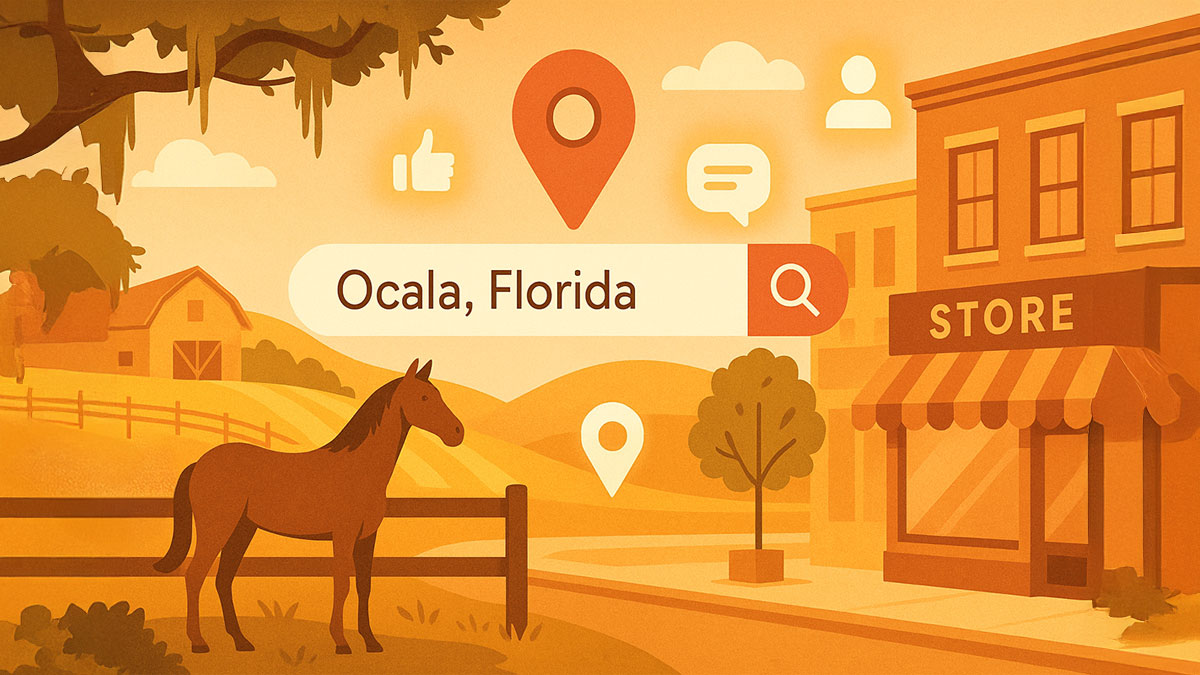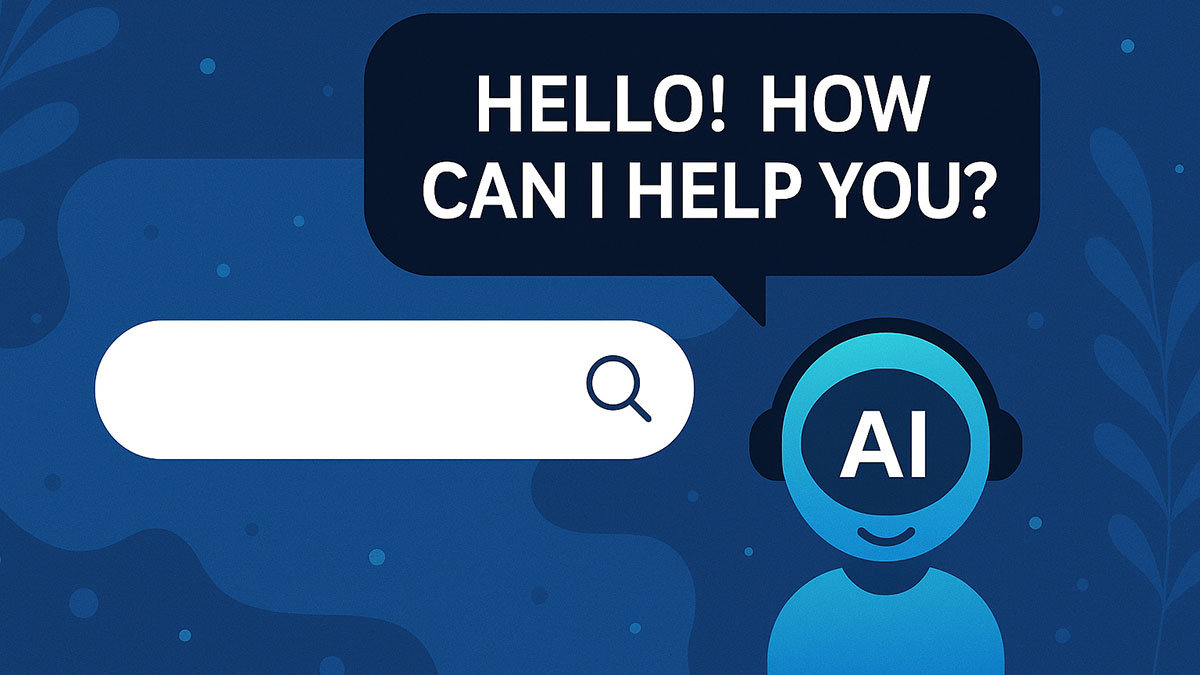How Much Does a Web Designer Cost in 2025?
If you’re thinking about getting a new website this year, you’re probably wondering, “How much is this going to cost me?”
That’s a fair question and the answer isn’t always simple.
Websites come in all shapes and sizes. Some are just a few pages with basic info. Others are big, with online stores, booking systems, or custom tools.
That’s why prices can be all over the place. But don’t worry, we’re going to break it down so it’s easy to understand.

This guide will help you figure out what kind of website you need and what it might cost in 2025. Whether you’re just starting a small business or planning a big project, this article will help you plan your budget and avoid surprises.
Overview of Web Design Cost Ranges
The cost of hiring a web designer in 2025 can vary a lot. It depends on who you hire and what kind of website you need. Here’s a simple breakdown to give you a starting point.
Do-It-Yourself (DIY) Website Builders
These are tools like Wix, Squarespace, or Shopify. You build the site yourself using a template.
- Cost: Around $0 to $500 per year
- Best for: Very small websites or personal projects
Freelance Web Designers
Freelancers are individuals who build websites on their own. Their prices depend on their experience and how much work the project involves.
- Cost: Around $500 to $5,000 per project
- Best for: Small businesses or basic custom websites
Web Design Agencies
Agencies are teams that include designers, developers, and often marketing experts. They usually offer more support and can handle bigger projects.
- Cost: Around $3,000 to $10,000 or more
- Best for: Businesses that want a polished, professional website
Large Custom Projects
These are websites made for bigger companies or special uses. They often include unique features like custom apps, large e-commerce stores, or online booking systems.
- Cost: $10,000 to $100,000 or more
- Best for: Complex websites with a lot of features or heavy traffic
What Affects the Cost of a Website?
Not every website costs the same. Even two sites with the same number of pages can have different prices. Here are the main things that can raise or lower the cost.
Size of the Website
A site with 3 pages will cost less than one with 30. More pages mean more time and work for the designer.
Features and Tools
Simple sites just show information. But if you want special tools like an online store, booking system, or chat support, it will cost more.
Custom Design vs. Templates
Using a pre-made template is cheaper and faster. A custom design takes more time and skill, so it costs more, but it can make your business stand out.
If you’re still deciding between doing it yourself or hiring a web designer, check out our article on DIY vs. Hiring a Professional Web Designer to help weigh the pros and cons.
Content Creation
Do you already have your text, images, and videos ready? If not, you might need help writing content or getting photos, which adds to the cost.
Designer’s Experience
A beginner will usually charge less than someone with years of experience and a long list of past projects. The price often reflects the quality.
Where the Designer Is Located
Prices can also depend on where the designer lives. For example, hiring someone in the U.S. might cost more than hiring someone overseas.
Cost by Website Type
Different kinds of websites have different needs, so the price can change based on what your site will do. Below are four common types of websites and what they usually cost.
Basic Website
This is a small site with a few pages, like a homepage, about page, and contact page.
- Cost: $500 to $5,000
- Best for: Personal websites or new businesses that just need to be online
Small Business Website
These sites often have extra features like a blog, contact forms, or Google Maps. They may include some basic SEO help too.
- Cost: $3,000 to $10,000
- Best for: Local businesses, service companies, or growing startups
Online Store (E-commerce Website)
These sites let customers buy products directly online. They include product pages, shopping carts, and payment tools.
- Cost: $5,000 to $75,000 or more
- Best for: Stores that sell physical or digital products
Large Custom Website
This is a fully custom build. It might include things like user accounts, booking systems, or tools built just for your business.
- Cost: $10,000 to $100,000 or more
- Best for: Larger companies or businesses with very specific needs
Extra Costs to Think About
Paying a designer to build your website is only part of the full cost. There are a few other things you may need to pay for, either once or every year.
Domain Name
This is your web address, like www.yourbusiness.com.
- Cost: $10 to $30 per year
Web Hosting
Hosting is where your website lives online. Without it, your site won’t show up.
- Cost: $50 to $500 per year
Website Maintenance
Websites need updates to keep them secure and running smoothly. Some people do this themselves, but many hire help.
- Cost: $500 to $1,000 or more per year
SEO and Marketing
If you want people to find your site on Google, you may need help with search engine optimization or online ads.
- Cost: $500 to $5,000 or more per month, depending on the work
Content Creation
If you don’t already have your text, images, or videos, you might need a writer, photographer, or videographer.
- Cost: Varies widely, but expect at least a few hundred dollars per project
How to Budget for Your Website
Now that you know what goes into the cost, it’s time to think about how to plan your budget. You don’t need to spend a fortune, but you do need a clear plan.
Know What You Need First
Before you get prices, write down what your website must have. Think about the number of pages, tools (like a contact form or store), and your goals. This helps you avoid paying for things you don’t need.
Focus on What Matters Most
If your budget is tight, start with the most important features first. You can always add more later. For example, get the main pages done now and save things like a blog or online store for the future.
Think About the Long Term
A cheap site might save you money today but cost more to fix or redo later. Try to find a balance between price and quality.
Get a Few Quotes
Talk to more than one designer or agency. Ask for clear pricing and make sure you know what’s included. This will help you compare your options and find the best fit.
Plan for Ongoing Costs
Remember that you’ll still need to pay for hosting, updates, and maybe some help with content or marketing after the site is live.
Conclusion
Building a website in 2025 doesn’t have to be confusing or stressful. Whether you’re creating something small or planning a big online store, there’s an option that can fit your needs and budget.
The most important thing is to know what you want your website to do and how much you’re willing to spend. From there, you can talk to designers, ask the right questions, and make smart choices.
A good website is more than just a pretty page. It should help your business grow, bring in new customers, and make life easier for you and your team.
If you’re ready to get started, or if you need help figuring out the right path, our team is here to help you make it happen.


